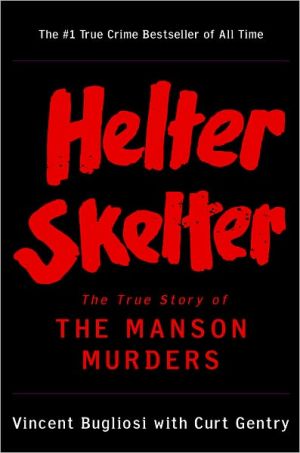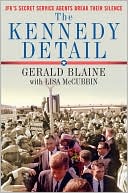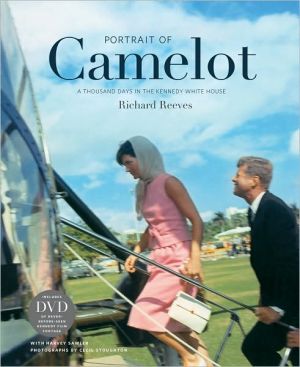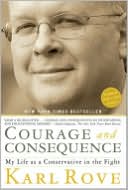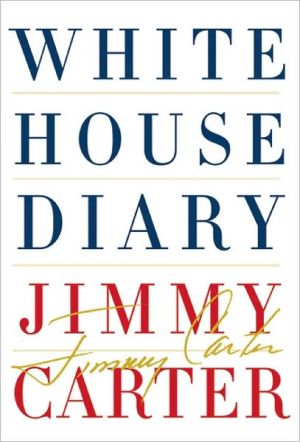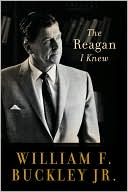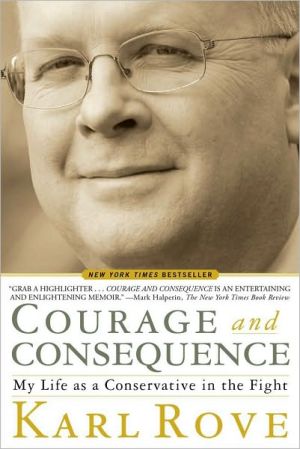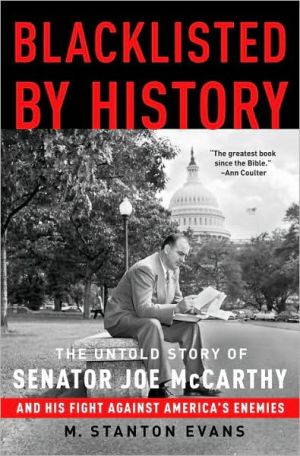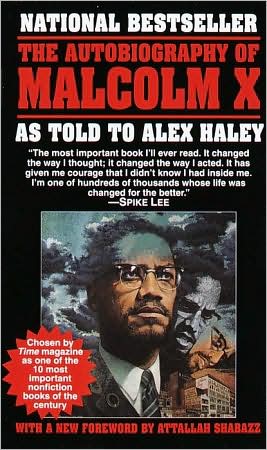Helter Skelter
A national bestseller—over 7 million copies sold. "[A] social document of rare importance."—The New Republic\ Prosecuting attorney in the Manson trial, Vincent Bugliosi held a unique insider's position in one of the most baffling and horrifying cases of the twentieth century: the cold-blooded Tate-LaBianca murders carried out by Charles Manson and four of his followers. What motivated Manson in his seemingly mindless selection of victims, and what was his hold over the young women who obeyed...
Search in google:
The #1 bestselling crime book of all time has been revised with a new afterword by Vincent Bugliosi. In August of 1969, the nation was shocked to learn of the brutal murders of actress Sharon Tate and six other innocent victims-all shot, stabbed, and bludgeoned to death in a two-day rampage of terror. The murderers were young men and women from middle-class families, followers of the now-notorious serial killer Charles Manson. How did Manson convince his "family" to kill? What actually happened that fatal night at Sharon Tate's Hollywood home? Prosecutor Vincent Bugliosi takes readers behind the scenes of the longest trial in American history-and inside the mind of one of America's most compelling criminals. New Republic [A] social document of rare importance.
Saturday, August 9, 1969\ \ It was so quiet, one of the killers would later say, you could almost hear the sound of ice rattling in cocktail shakers in the homes way down the canyon.\ \ The canyons above Hollywood and Beverly Hills play tricks with sounds. A noise clearly audible a mile away may be indistinguishable at a few hundred feet.\ \ It was hot that night, but not as hot as the night before, when the temperature hadn't dropped below 92 degrees. The three-day heat wave had begun to break a couple of hours before, about 10 P.M. on Friday - to the psychological as well as the physical relief of those Angelenos who recalled that on such a night, just four years ago, Watts had exploded in violence. Though the coastal fog was now rolling in from the Pacific Ocean, Los Angeles itself remained hot and muggy, sweltering in its own emissions, but here, high above most of the city, and usually even above the smog, it was at least 10 degrees cooler. Still, it remained warm enough so that many residents of the area slept with their windows open, in hopes of catching a vagrant breeze.\ \ All things considered, it's surprising that more people didn't hear something.\ \ But then it was late, just after midnight, and 10050 Cielo Drive was secluded.\ \ Being secluded, it was also vulnerable.\ \ Cielo Drive is a narrow street that abruptly winds upward from Benedict Canyon Road. One of its cul-de-sacs, easily missed though directly opposite Bella Drive, comes to a dead end at the high gate of 10050. Looking through the gate, you could see neither the main residence nor the guest house some distance beyond it, but you could see, toward the end of the paved parking area, a corner of the garage and, a little farther on, a split-rail fence which, though it was only August, was strung with Christmas-tree lights.\ \ The lights, which could be seen most of the way from the Sunset Strip, had been put up by actress Candice Bergen when she was living with the previous tenant of 10050 Cielo Drive, TV and record producer Terry Melcher. When Melcher, the son of Doris Day, moved to his mother's beach house in Malibu, the new tenants left the lights up. They were on this night, as they were every night, adding a year-round holiday touch to Benedict Canyon.\ \ From the front door of the main house to the gate was over a hundred feet. From the gate to the nearest neighbor on Cielo, 10070, was almost a hundred yards.\ \ At 10070 Cielo, Mr. and Mrs. Seymour Kott had already gone to bed, their dinner guests having left about midnight, when Mrs. Kott heard, in close sequence, what sounded like three or four gunshots. They seemed to have come from the direction of the gate of 10050. She did not check the time but later guessed it to be between 12:30 and 1 A.M. Hearing nothing further, Mrs. Kott went to sleep.\ \ About three-quarters of a mile directly south and downhill from 10050 Cielo Drive, Tim Ireland was one of five counselors supervising an overnight camp-out for some thirty-five children at the Westlake School for Girls. The other counselors had gone to sleep, but Ireland had volunteered to stay up through the night. At approximately 12:40 A.M. he heard from what seemed a long distance away, to the north or northeast, a solitary male voice. The man was screaming, "Oh, God, no, please don't! Oh, God, no, don't, don't, don't …"\ \ The scream lasted ten to fifteen seconds, then stopped, the abrupt silence almost as chilling as the cry itself. Ireland quickly checked the camp, but all the children were asleep. He awoke his supervisor, Rich Sparks, who had bedded down inside the school, and, telling him what he had heard, got his permission to drive around the area to see if anyone needed help. Ireland took a circuitous route from North Faring Road, where the school was located, south on Benedict Canyon Road to Sunset Boulevard, west to Beverly Glen, and northward back to the school. He observed nothing unusual, though he did hear a number of dogs barking.\ \ There were other sounds in the hours before dawn that Saturday.\ \ Emmett Steele, 9951 Beverly Grove Drive, was awakened by the barking of his two hunting dogs. The pair usually ignored ordinary sounds but went wild when they heard gunshots. Steele went out to look around but, finding nothing out of place, returned to bed. He estimated the time as between 2 and 3 A.M.\ \ Robert Bullington, an employee of the Bel Air Patrol, a private security force used by many of the homeowners in the affluent area, was parked in front of 2175 Summit Ridge Drive, with his window down, when he heard what sounded like three shots, spaced a few seconds apart. Bullington called in; Eric Karlson, who was working the desk at patrol headquarters, logged the call at 4:11 A.M. Karlson in turn called the West Los Angeles Division of the Los Angeles Police Department (LAPD), and passed on the report. The officer who took the call remarked, "I hope we don't have a murder; we just had a woman-screaming call in that area."\ \ Los Angeles Times delivery boy Steve Shannon heard nothing unusual when he pedaled his bike up Cielo Drive between 4:30 and 4:45 A.M. But as he put the paper in the mailbox of 10050, he did notice what looked like a telephone wire hanging over the gate. He also observed, through the gate and some distance away, that the yellow bug light on the side of the garage was still on.\ \ Seymour Kott also noticed the light and the fallen wire when he went out to get his paper about 7:30 A.M.\ \ About 8 A.M., Winifred Chapman got off the bus at the intersection of Santa Monica and Canyon Drive. A light-skinned black in her mid-fifties, Mrs. Chapman was the housekeeper at 10050 Cielo, and she was upset because, thanks to L.A.'s terrible bus service, she was going to be late to work. Luck seemed with her, however; just as she was about to look for a taxi, she saw a man she had once worked with, and he gave her a ride almost to the gate.\ \ She noticed the wire immediately, and it worried her.\ \ In front and to the left of the gate, not hidden but not conspicuous either, was a metal pole on the top of which was the gate-control mechanism. When the button was pushed, the gate swung open. There was a similar mechanism inside the grounds, both being positioned so a driver could reach the button without having to get out of the car.\ \ Because of the wire, Mrs. Chapman thought the electricity might be off, but when she pushed the button, the gate swung open. Taking the Times out of the mailbox, she walked hurriedly onto the property, noticing an unfamiliar automobile in the driveway, a white Rambler, parked at an odd angle. But she passed it, and several other cars nearer the garage, without much thought. Overnight guests weren't that uncommon. Someone had left the outside light on all night, and she went to the switch at the corner of the garage and turned it off.\ \ At the end of the paved parking area was a flagstone walkway that made a half circle to the front door of the main house. She turned right before coming to the walk, however, going to the service porch entrance at the back of the residence. The key was secreted on a rafter above the door. Taking it down, she unlocked the door and went inside, walking directly to the kitchen, where she picked up the extension phone. It was dead.\ \ Thinking that she should alert someone that the line was down, she proceeded through the dining room toward the living room. Then she stopped suddenly, her progress impeded by two large blue steamer trunks, which hadn't been there when she had left the previous afternoon - and by what she saw.\ \ There appeared to be blood on the trunks, on the floor next to them, and on two towels in the entryway. She couldn't see the entire living room - a long couch cut off the area in front of the fireplace - but everywhere she could see she saw the red splashes. The front door was ajar. Looking out, she saw several pools of blood on the flagstone porch. And, farther on, on the lawn, she saw a body.\ \ Screaming, she turned and ran back through the house, leaving the same way she had come in but, on running down the driveway, changing her course so as to reach the gate-control button. In so doing, she passed on the opposite side of the white Rambler, seeing for the first time that there was a body inside the car too.\ \ Once outside the gate, she ran down the hill to the first house, 10070, ringing the bell and pounding on the door. When the Kotts didn't answer, she ran to the next house, 10090, banging on that door and screaming, "Murder, death, bodies, blood!"\ \ Fifteen-year-old Jim Asin was outside, warming up the family car. It was Saturday and, a member of Law Enforcement Unit 800 of the Boy Scouts of America, he was waiting for his father, Ray Asin, to drive him to the West Los Angeles Division of LAPD, where he was scheduled to work on the desk. By the time he got to the porch, his parents had opened the door. While they were trying to calm the hysterical Mrs. Chapman, Jim dialed the police emergency number. Trained by the Scouts to be exact, he noted the time: 8:33.\ \ While waiting for the police, the father and son walked as far as the gate. The white Rambler was some thirty feet inside the property, too far away to make out anything inside it, but they did see that not one but several wires were down. They appeared to have been cut.\ \ Returning home, Jim called the police a second time and, some minutes later, a third.\ \ There is some confusion as to exactly what happened to the calls. The official police report only states, "At 0914 hours, West Los Angeles Units 8L5 and 8L62, were given a radio call, 'Code 2, possible homicide, 10050 Cielo Drive.'"\ \ The units were one-man patrol cars. Officer Jerry Joe DeRosa, driving 8L5, arrived first, light flashing and siren blaring.1 DeRosa began interviewing Mrs. Chapman, but had a difficult time of it. Not only was she still hysterical, she was vague as to what she had seen - "blood, bodies everyplace" - and it was hard to get the names and relationships straight. Polanski. Altobelli. Frykowski.\ \ Ray Asin, who knew the residents of 10050 Cielo, stepped in. The house was owned by Rudi Altobelli. He was in Europe, but had hired a caretaker, a young man named William Garretson, to look after the place. Garretson lived in the guest house to the back of the property. Altobelli had rented the main residence to Roman Polanski, the movie director, and his wife. The Polanskis had gone to Europe, however, in March, and while they were away, two of their friends, Abigail Folger and Voytek Frykowski, had moved in. Mrs. Polanski had returned less than a month ago, and Frykowski and Folger were staying on with her until her husband returned. Mrs. Polanski was a movie actress. Her name was Sharon Tate.\ \ \ \ \
Illustrations9Cast of Characters13Part 1The Murders: August 9-October 14, 196921Part 2The Killers: October 15-November 17, 1969111Part 3The Investigation--Phase Two: November 18-December 31, 1969163Part 4The Search for the Motive: The Bible, the Beatles, and Helter Skelter January-February 1970283Part 5"Don't You Know Who You're Crucifying?" March-June 14, 1970341Part 6The Trial: June 15-November 19, 1970401Part 7Murder in the Wind: November 19, 1970-January 25, 1971505Part 8Fires in Your Cities: January 26-April 19, 1971541Epilogue: A Shared Madness599Afterword637Index671
\ Chicago Sun-Times“One of the best crime stories ever written.”\ \ \ \ \ New Republic[A] social document of rare importance.\ \ \ Chicago Sun-TimesOne of the best crime stories ever written.\ \
